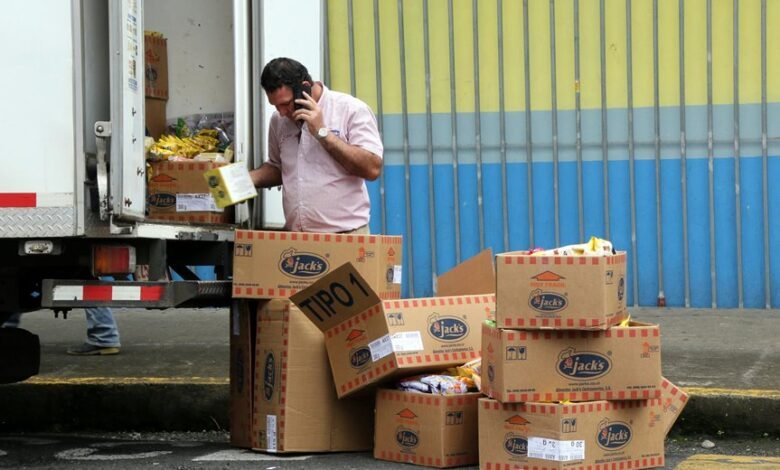82303040 Missed Call Distribution

The “82303040 Missed Call Distribution” presents critical insights into user behavior surrounding missed calls. Analysis indicates that younger demographics are more prone to missing calls compared to older users, likely due to multitasking habits. This disparity raises questions about communication efficacy across age groups. Furthermore, the implications for businesses seeking to optimize customer engagement warrant further examination. Understanding these trends could lead to more effective strategies in addressing missed calls and improving overall customer interaction.
Overview of Missed Call Trends
In recent years, the phenomenon of missed calls has become increasingly prevalent, with studies indicating that nearly 30% of mobile phone users experience missed calls daily.
Missed call statistics reveal a surge in communication breakdowns, prompting the exploration of missed call solutions. These solutions, ranging from enhanced call management applications to automated notifications, aim to mitigate disruptions and optimize user connectivity, reflecting the growing demand for uninterrupted communication.
Demographic Analysis of Missed Calls
How do demographics influence the incidence of missed calls among mobile phone users?
Analysis reveals that caller demographics significantly affect call frequency patterns.
Younger users tend to have higher missed call rates, possibly due to multitasking, while older demographics exhibit lower frequencies, correlating with more focused communication styles.
Understanding these trends is crucial for optimizing telecommunication strategies and enhancing user engagement across varying demographic segments.
Timeframe Insights and Patterns
Demographic factors not only shape the frequency of missed calls but also reveal significant patterns based on timeframes.
Analysis indicates that call response rates peak during specific hours, suggesting a correlation between demographic characteristics and time-sensitive behaviors.
Understanding these peak hours can facilitate targeted communication strategies, enhancing engagement while minimizing missed call occurrences, thereby promoting a more liberated approach to connectivity.
Implications for Businesses and Service Providers
Addressing the nuances of missed call distribution reveals critical implications for businesses and service providers.
Effective customer engagement strategies must incorporate robust call back protocols to mitigate potential revenue loss.
By analyzing missed call patterns, organizations can optimize resource allocation, enhance customer satisfaction, and ensure timely follow-ups.
This proactive approach fosters loyalty while maintaining operational efficiency in increasingly competitive markets.
Conclusion
In light of the pervasive nature of missed calls, one might say that these unreturned communications serve as a gentle nudge for businesses to refine their engagement strategies. The demographic disparities in missed call frequencies suggest that a tailored approach, particularly for younger users, may enhance customer satisfaction. Consequently, implementing effective callback protocols could transform these fleeting moments of disconnection into opportunities for meaningful interaction, ultimately fostering improved communication efficacy across diverse customer segments.




